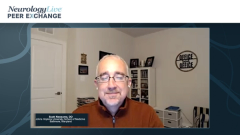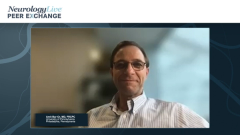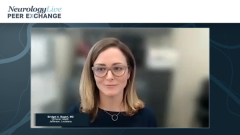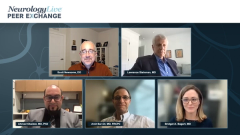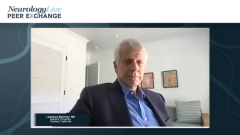
The Impact of Viruses on the Immune System
Scott Newsome, DO, and Lawrence Steinman, MD, discuss the pathophysiology of the interactions between viruses and the immune system and explore how this can lead to autoimmune diseases.
Episodes in this series

Scott Newsome, DO: In terms of viruses in general and their relationship to pathophysiology within autoimmune conditions—obviously we’re here to talk about MS—can you provide us broad strokes on how viruses impact the immune system? You mentioned molecular mimicry. There are bystander activations that occur as well. Can you provide some information there?
Lawrence Steinman, MD: Viruses may directly damage the nervous system by causing neurons to die, which causes us to have seizures and subsequent inflammation. Then there’s the issue that we’ll discuss in detail: pieces of viruses that resemble or are exact mimics of our own tissues. That’s easy to explain. The other issue is that in attacking a virus, there’s a lot of collateral damage caused by inflammation itself. Those are some of the major threats to think about.
The 2 interesting things that I know we’ll cover is how do you explain that nearly all of us have been infected by EBV [Epstein-Barr virus], but only a small fraction get MS [multiple sclerosis]. There are implications of trying to change something that causes no harm in almost all of us. For that matter, it may be providing some benefit that we’re unaware of.
Scott Newsome, DO: When I give presentations on immunology in general, as it relates to MS, I always show a Venn diagram with the environmental triggers, the genetic predisposition, and the immune system. They come together like a perfect storm, and then autoimmune disease, MS, and other diseases ensue. We’ll talk about that, especially when we think about developing novel therapeutics.
Is EBV a 1-hit wonder that starts the immune process and then doesn’t do anything after that? Or does it have this kindling effect, in which targeting the virus may help the overall severity of the disease?
Transcript Edited for Clarity
Newsletter
Keep your finger on the pulse of neurology—subscribe to NeurologyLive for expert interviews, new data, and breakthrough treatment updates.

